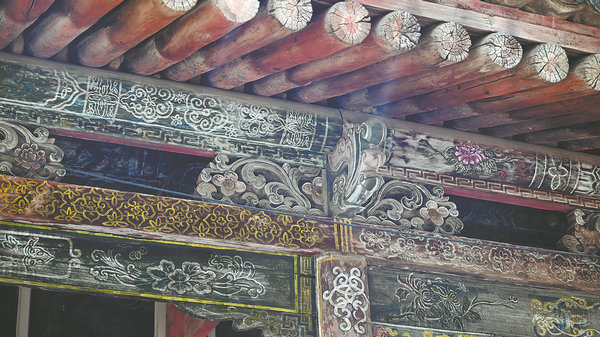

"Through such practice, we can help students quickly assume responsibilities in cultural heritage conservation work. Once issues like mural detachment, ancient building tilting, or wood component splitting are identified, they will at least know where the problem lies and from whom to seek help," says Wang.
"It's a rare opportunity to help them gain a panoramic understanding of the cultural heritage of their hometown, on which basis they can carry out further studies for their graduation theses and even future jobs. In this way, the census can help a lot to connect their school work with a future career."
Pioneering program
According to Gao Zhenhua, deputy director of the Shanxi Provincial Institute of Cultural Relics and Archaeology, the census started last year and will end in June 2026, covering three major phases: preliminary preparation, field survey, and acceptance check and announcement to the public. Now, Shanxi has successfully completed all tasks in the first phase and is steadily progressing in the second phase.
"We have organized over 170 teams of more than 1,200 people from grassroots cultural relics protection and archaeological institutions to join the census. ... As of early September, our province has fully initiated field investigations and reexamined over 4,000 cultural heritage sites and checked over 100 newly discovered sites," says Gao.